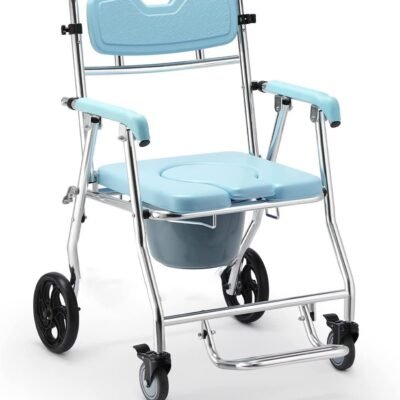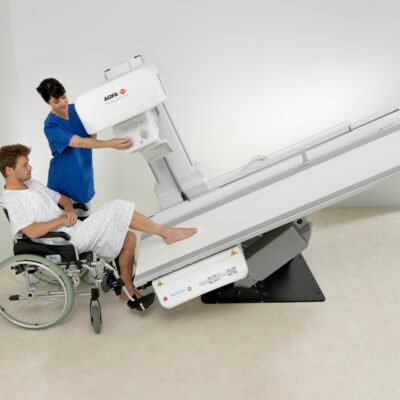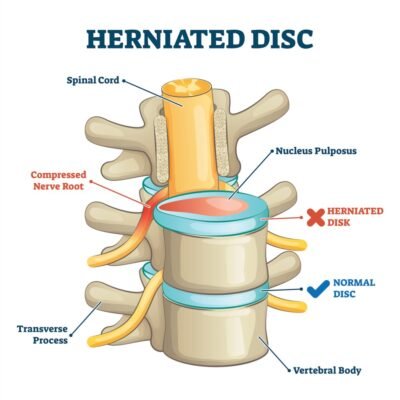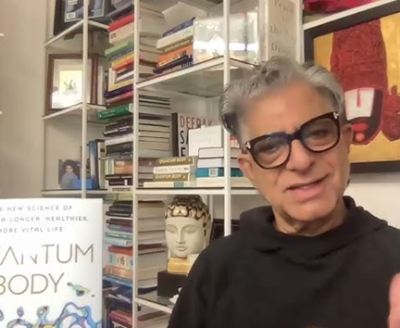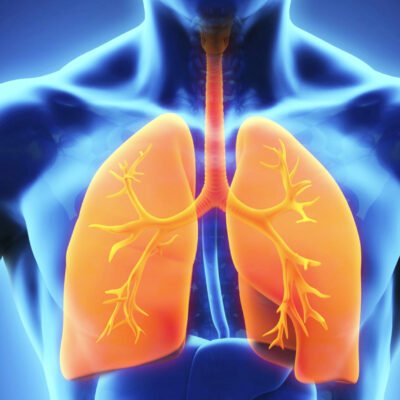In a world where appearance and well-being hold paramount importance, varicose veins can be more than just a mere cosmetic concern. These twisted, swollen veins that often appear on the legs can cause discomfort, pain, and even hinder one’s self-confidence. However, take heart, for in the realm of medical advancements, a range of effective treatment options have emerged to address this common condition.
Imagine a life where you no longer have to hide your legs or endure the throbbing pain caused by varicose veins. With the growing understanding of their causes and developments in medical science, today’s individuals have a multitude of choices when it comes to managing and treating varicose veins. Whether you’re seeking a non-invasive solution or a more comprehensive approach, there’s a treatment method tailored to suit your specific needs.
As you embark on your journey to bid farewell to varicose veins, it’s crucial to consult with a qualified healthcare professional. They will assess your specific circumstances, discuss the available treatment options, and recommend the most suitable course of action tailored to your needs.
In this article, we will delve deeper into the various treatment modalities for varicose veins, exploring their benefits, potential risks, and expected outcomes. Whether you’re seeking a non-invasive solution or a more comprehensive approach, understanding the available treatment options will empower you to make informed decisions on your path to healthier, vein-free legs.
Lifestyle Changes
Lifestyle changes play a vital role in the management and prevention of varicose veins. Making simple adjustments to your daily routine can significantly alleviate symptoms and slow down the progression of this condition. Regular exercise, particularly activities that promote leg movement such as walking, cycling, or swimming, can enhance blood circulation and strengthen the muscles that support the veins.
Additionally, maintaining a healthy weight reduces the burden on your veins, easing the strain and pressure. Avoiding prolonged periods of sitting or standing is also crucial, as it can impede proper blood flow. Take breaks, stretch your legs, and elevate them whenever possible to promote circulation. Wearing compression stockings provides external support to the veins, preventing blood from pooling and reducing discomfort. Lastly, incorporating a high-fiber diet rich in fruits, vegetables, and whole grains can help maintain regular bowel movements, preventing constipation and reducing the strain on the veins.
Therefore, by embracing these lifestyle changes, you can complement other treatment options and improve your overall vascular health, promoting long-term relief from varicose veins.
Sclerotherapy
Sclerotherapy stands out as a highly effective and minimally invasive treatment option for varicose veins. This procedure involves injecting a specialized solution directly into the affected veins, causing them to shrink, collapse, and eventually fade away. The solution used in sclerotherapy irritates the inner lining of the veins, leading to the formation of scar tissue. Over time, the scar tissue closes off the treated veins, rerouting blood flow to healthier vessels.
Sclerotherapy is particularly effective for smaller varicose veins and spider veins that are close to the surface of the skin. The procedure is relatively quick, usually taking less than an hour, and is performed on an outpatient basis. Most individuals experience minimal discomfort during the injections, with only a mild burning or cramping sensation. Following the treatment, patients are usually able to resume their normal activities without significant downtime.
As a matter of fact, multiple sessions of sclerotherapy may be required for optimal results, depending on the severity and extent of the varicose veins. Sclerotherapy offers high patient satisfaction, as it provides noticeable improvements in the appearance of varicose veins and reduces associated symptoms such as pain, swelling, and itching. It is a safe and proven treatment option, with minimal risks and complications when performed by a skilled healthcare professional.
Whether you’re looking to enhance the cosmetic appearance of your legs or seeking relief from discomfort, sclerotherapy offers a reliable solution for effectively treating varicose veins.
Endovenous Laser Treatment (EVLT)
Endovenous laser treatment, or EVLT, has revolutionized the field of varicose vein treatment, providing a highly effective and minimally invasive solution. This advanced procedure utilizes laser energy to target and close off problematic veins from the inside.
A thin laser fiber is inserted into the affected vein under the guidance of ultrasound imaging. Once in place, the laser emits controlled heat, causing the vein to collapse and seal shut. The blood flow is then naturally redirected to healthier veins, relieving symptoms and improving circulation.
EVLT is particularly well-suited for treating larger varicose veins that may not be effectively addressed by other methods. The procedure is performed on an outpatient basis and usually takes less than an hour to complete. Most patients experience minimal discomfort during the treatment, with only a slight warming or tingling sensation. Following the procedure, individuals can resume their regular activities with minimal downtime.
EVLT offers a high success rate in terms of both cosmetic improvement and symptom relief. It effectively reduces the appearance of varicose veins and alleviates associated symptoms such as pain, swelling, and heaviness in the legs. Furthermore, EVLT addresses the underlying cause of varicose veins by treating the diseased vein itself, thereby reducing the risk of recurrence.
Radiofrequency Ablation
Another highly efficient and minimally invasive treatment option for varicose veins would be radiofrequency ablation, or RFA. This procedure involves using radiofrequency energy to heat and close off the diseased veins. A thin catheter is inserted into the affected vein under ultrasound guidance, and radiofrequency energy is delivered to the vein’s wall. The controlled heat generated by the radiofrequency energy causes the vein to shrink and collapse, redirecting blood flow to healthier veins.
Radiofrequency ablation is particularly well-suited for treating larger varicose veins and has shown excellent long-term success rates. The procedure is performed on an outpatient basis, typically taking less than an hour to complete. Patients generally experience minimal discomfort during the treatment, with only a mild sensation of warmth or pressure. After the procedure, individuals can resume their regular activities with minimal downtime.
Key Takeaway
The realm of effective treatment options for varicose veins has expanded, offering individuals a variety of innovative solutions to bid farewell to these unsightly and sometimes painful veins. From the advancements in minimally invasive procedures like endovenous laser treatment (EVLT) and radiofrequency ablation (RFA) to the tried-and-true method of sclerotherapy, there is a treatment approach to suit every individual’s needs and preferences. These treatments not only address the cosmetic concerns associated with varicose veins but also provide relief from discomfort, pain, and other symptoms.
Remember, embracing these effective treatment options can empower you to take control of your vascular health, regain confidence, and embrace a life free from the burden of varicose veins.
